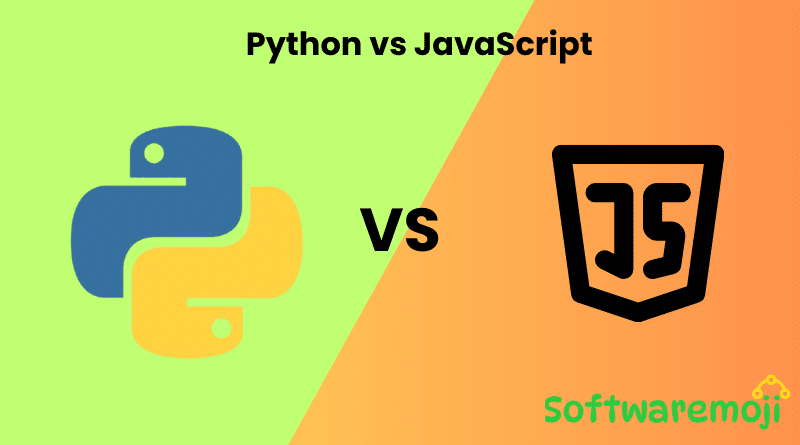
👉Python vs JavaScript: Key Differences, Features, and Applications
Python vs JavaScript: Python and JavaScript are two prominent programming languages widely used in the tech industry. While Python excels in data science, machine learning, and backend development, JavaScript is crucial for creating interactive web pages and dynamic content. Python vs JavaScript Let’s explore their differences, features, and applications in detail.
👉What is Python?
Python vs JavaScript : Python is a high-level, object-oriented programming language known for its simplicity and readability. With built-in data structures, dynamic binding, and typing, Python is an ideal choice for rapid application development and data-centric tasks.
Example Python Code:
python
print(“Hello World”)
Key Features of Python:
- Easy to learn, read, and maintain
- Supports dynamic type checking
- Extensive library support for data science, machine learning, and AI
- Offers interactive testing and debugging mode
- Strong integration with Java, C, and C++
👉Applications of Python:
- Data Science and Analytics
- Machine Learning and AI
- Web Development (Django, Flask)
- Automation and Scripting
- Scientific Computing and Research
👉Pros of Python:
✅ Easy syntax for faster development
✅ Extensive libraries for various applications
✅ Excellent for beginners and professionals alike
👉Cons of Python:
❌ Slower performance for mobile development
❌ More runtime errors due to dynamic typing
❌ Limited in developing complex mobile applications
👉What is JavaScript?
JavaScript is a versatile scripting language widely used for building interactive web pages. It runs on both client-side and server-side environments and integrates seamlessly with HTML and CSS.
Example JavaScript Code:
html
<html>
<head>
<script type=”text/javascript”>
alert(“Hello World!”);
</script>
</head>
<body>
</body>
</html>
Key Features of JavaScript:
- Cross-platform compatibility
- Strong support for both front-end and back-end development
- Rich ecosystem for building interactive web apps
- Offers numerous frameworks like React.js, Angular, and Vue.js
👉Applications of JavaScript:
- Web Development
- Mobile App Development using frameworks like React Native
- Building Dynamic Web Applications (SPAs)
- Server-side Development with Node.js
👉Pros of JavaScript:
✅ Excellent for creating interactive websites
✅ Flexible with numerous frameworks and libraries
✅ Widely supported by modern browsers
👉Cons of JavaScript:
❌ Limited in handling complex data analysis tasks
❌ Lacks built-in multithreading capabilities
❌ Can face security issues in client-side scripts
👉Key Differences Between Python and JavaScript
| Aspect | Python | JavaScript |
| Syntax | Uses indentation for code blocks | Uses curly brackets {} for code blocks |
| Data Types | Supports mutable and immutable types | No concept of mutable and immutable |
| Encoding | ASCII by default | Encoded as UTF-16 by default |
| Inheritance | Uses class-based inheritance | Uses prototype-based inheritance |
| Concurrency | Offers robust concurrency support | Lacks in-built concurrency features |
| Use Cases | Best for data science, AI, and backend development | Best for frontend web development |
| Popularity | Widely used in data analytics and scientific computing | Dominates the web development space |
| Average Salary | ~$120,255 per year (US) | ~$114,856 per year (US) |
👉Which Language Should You Choose?
Python vs JavaScript
- Choose Python if you aim to work in data science, AI, backend development, or automation.
- Choose JavaScript if you’re focused on web development, interactive websites, or building SPAs.
